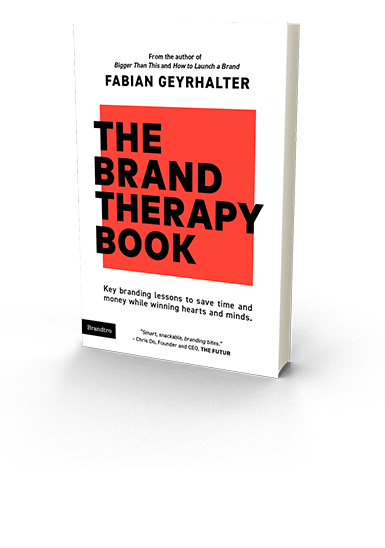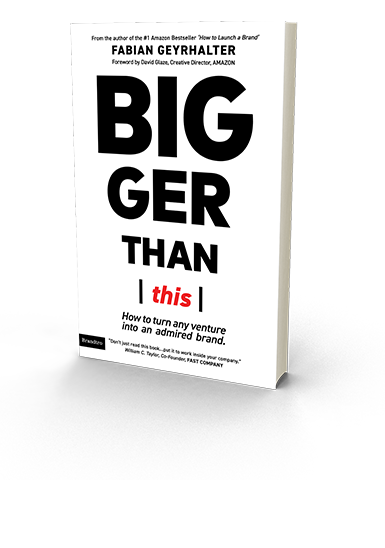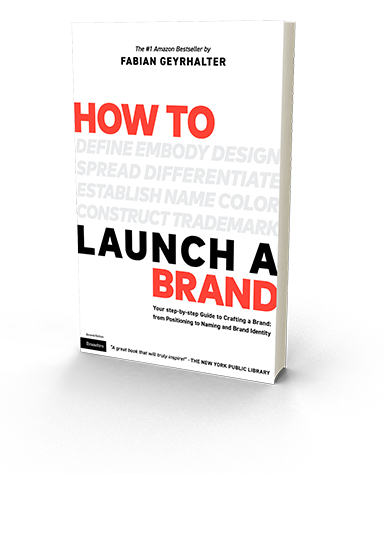Tag Archives: Brand Personality
Public Relations And Brand Overlap Far More Than You Think
This article was written by Rebekah Iliff and was originally published by Forbes on 09/01/16.
In below article, Rebekah Iliff, Chief Strategy Officer at AirPR, discusses the intersection of branding and PR; an intersection too obvious to ignore, yet one that remains ignored too often. With her permission, and as my book is being referenced throughout (well, thank you!), I now like to share her thoughts with the readers of The New Brand Post. It goes something like this:
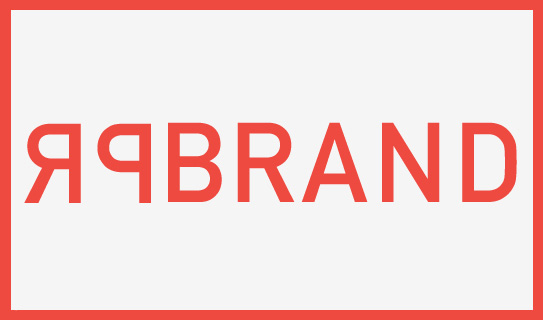
Without intending to, a company’s departments sometimes end up working in ineffective silos. A tech team without communications professionals can’t shed light on their achievements uber-effectively. An innovative ASMR advertising campaign can’t get many kudos without public relations, and the news of a rebrand can’t spread as fast organically as it can with media outreach. Stitching together cross-functional teams leads to greater innovation and opportunity.
At the same time, there’s a bit of a stigma about bringing too many cooks into the kitchen. Does your art director really need to help approve the imagery you’re sending to a journalist? Does your public relations department really need to know if the copy team is writing a spur-of-the-moment April Fool’s Day display ad before it goes live? In both situations, the answer is yes.
It may take longer to loop in other teams, but it’s worth it. Which brings us to two teams that frequently overlap without many people realizing it: public relations and brand strategy. These teams are often severed from contact, even though it’s paramount that they work together. Together, they are more effective, as both teams deal with messaging, public perception and customer touch points.
Fabian Geyrhalter, Principal and Founder of Los Angeles-based design and branding agency FINIEN, recently released the second edition of How to Launch a Brand, which covers everything from brand positioning and naming to brand identity. He’s launched more than 50 brands – large and small – and knows that brand strategy is more effective when it’s backed by an integrated PR and communications plan. Here are three ways public relations and brand strategy teams are related and why it’s important, according to Geyrhalter, a fellow Forbes Agency Council member.
1. PR and brand teams both focus scrupulously on messaging penetration
While copywriters, often living on branding or creative teams, work to align copy with a brand’s voice guidelines, public relations teams align messaging with a brand’s key ideas. In that sense, branding/creative and PR teams are the two wings holding a company accountable for what it communicates to the public, from board members to customers and journalists.
“Consumers respond to brands that have a coherent and straightforward message,” Geyrhalter writes in his book. “Equally important to your message is selecting a distinctive voice and persona for your company. The audience demands authenticity, and your brand’s voice must be authentic and transparent.”
As an executive at a PR tech company, I see Fitbit as a successful brand that has these teams in coordination. Think about Fitbit’s brand voice: It’s clear, concise, encouraging and motivational. If copywriting contradicts the foundational messaging a PR team is using, misalignment occurs and it can chip away at credibility long term. Imagine if Fitbit sent you a marketing email encouraging you to get a few extra thousand steps in today, while its CEO was quoted in a popular health magazine saying steps don’t matter, only calories. Customers may not notice, but journalists likely would; “misaligned” isn’t a way you want your brand to be perceived.
2. Public perception is jointly owned by public relations and brand
While copywriting and graphic designers and/or UX design control public perception of a brand from a customer standpoint, public relations and communications teams control public perception from the standpoint of investors, board members, influencers (from journalists and analysts to bloggers), and more.
It’s like the two sides of a vanity mirror. On the magnified side, PR people share intricate details with the press who view brands under a microscope. The other side shows a clear, customer-facing view of said brand. Both are needed in order to properly display your “face.”
3. Branding and public relations both pivot upon personas and personalities
Both branding and public relations teams give companies real, human faces through characters and spokespeople, some of whom are real employees, some of whom are figments of our imaginations.
“Characters give the audience someone to root for and follow,” writes Geyrhalter, referencing Mr. Clean, Virgin’s Richard Branson, and Dos Equis’ “Most Interesting Man in the World” as personalities that have garnered impressive followings.
Natural foods brand Kashi is another example Geyrhalter mentions in his book. Kashi has taken a different approach in leveraging its real employees as brand ambassadors, showcasing how its actual team members live and breathe the Kashi lifestyle.
“Thinking of your brand as a person will help you create an authentic voice that will connect with consumers,” writes Geyrhalter. He suggests writing a list of adjectives that describe your brand or writing a faux obituary that includes a list of life accomplishments to better illustrate these personas. How would the brand persona be remembered?
In public relations and communications, real spokespeople – from CEOs who can speak to high-level strategy to CFOs who can talk publicly about financial matters such as an IPO behind a brand are what the public and journalists want (versus boilerplate messaging penned by a PR professional).
Next time you’re poised to launch a PR campaign, perhaps take a moment to ask yourself if the brand is represented fully in every aspect of your company’s outward facing narrative. In other words, are you certain that brand and communications are effectively working together?
How To Define Your Brand Personality
What is your brand personality? Hint: It’s not your personality. It’s not your team’s vibe. It’s not the look and feel of your product. It might not even be what you had in mind when starting your company.
It’s time to define what your brand’s personality actually is, and I am glad to share ‘the secret sauce’ with you.
A brand’s personality is derived from keywords that best describe your brand’s character as if your brand was a person. You think about how your brand wants to be perceived by your target audience – how it wants to make them feel. Who is your brand as a person? Is (s)he helpful, clever, feisty, glamorous? Below graphic from my bestselling book How to Launch a Brand describes this process and can help you get started on this simple, fun and extremely powerful early branding exercise, which is best done together with your team:
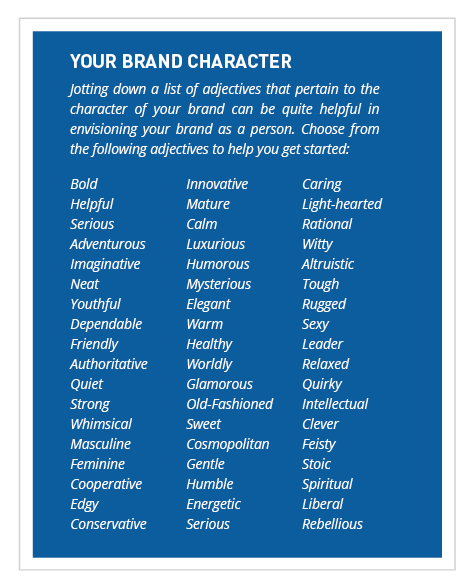
After compiling your list of keywords, associate each keyword with one or more brand personality archetypes. See the archetypes we like using, together with example keywords, below:
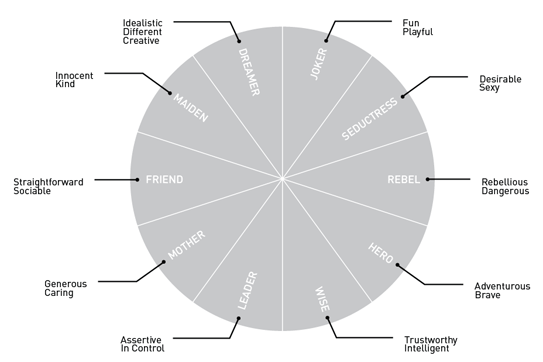
At the end of that exercise, you will see which three personality archetypes have the most keywords associated with them. Those are the personality traits your brand needs to fully represent from here on out in all of its visual and verbal communications. This simple yet very meaningful exercise should assist in defining the company name, the brand identity design as well as the brand atmosphere.
Looking at Target as an example most of us are familiar with, it quickly becomes obvious that we see Target first and foremost as a Friend, a Mother, and a Dreamer. What is your brand’s personality? Get your team together in a room, put your therapist hat on and find out!
Going through a brand transformation? Contact us to discuss how we can enable your relaunch.
How To Go Against The Grain And Create A Brand That Is Built On Your Undiluted Beliefs
Most entrepreneurs start off being empowered by one of two very good reasons; sometimes both: A passion for what they (are about to) do, and the urge for the profits they foresee being generated by the new venture. That being said, we mostly see brands talk about the passion that drives the founders and employees. It’s hard not to catch any brand doing it; from most massive food brands such as Chipotle to the few true passion brands like TOMS.
At times you come across a very honest, true-to-yourself, reason that goes beyond your passion or drive for financial success. It is so simple, it’s scary. And when done right, it is so radical that most steer away from it out of fear to upset and turn away potential customers. Herein lies the genius of a founder personality. Not brand personality, but a founder’s personality being infused so heavily into the venture that the brand becomes the person and (s)he calls shots in the public that most CMO’s would get fired for.
An amazing example I came across recently, while spending quality time with my folks in Austria, is that of shoe-maker GEA. The company produces in-house (on-site), hand-made, long lasting and easy-to-repair traditional Austrian footwear. GEA’s social and environmental record is beyond outstanding. So far so great, but now add the underlying layer of true founder personality: The shoe company publishes a political newspaper called Brennstoff (translated: ‘fuel’), in which the owner, Heini Staudinger (a great wiki read for those of you who can read german) boldly voices his opinion and pushes the envelope on a very clear and steady social course; one that many don’t appreciate, one that upsets corporations, investors, banks and the government, and one that the ones who do appreciate, truly love.
And that’s what makes a true founder personality: unafraid to exclude the many, extremely powerful to the few.
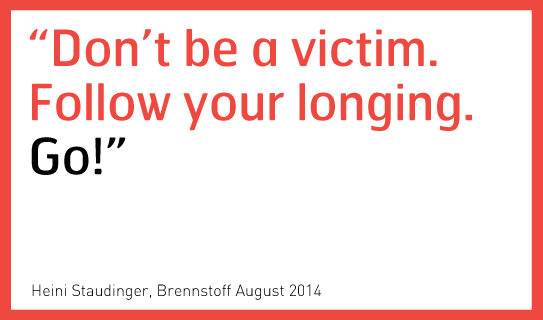
The for-profit company, which is named after the goddess of earth, condemns consumerism and capitalism (even releasing their own currency called ‘Waldviertler,’ which is accepted by 200 regional businesses) and yet attracts so much investment money (through crowdfunding) that they are looking past their 41 stores to unconventional ways of expanding their operations, such as founding an academy. Heini Staudinger’s GEA is living proof that going against the grain and staying true to your personal beliefs, even if they are based on extreme political opinions (or religious beliefs), can be a powerful branding tool that deserves consideration when crafting your new brand’s personality. It may turn out to be your own, undiluted and uncensored, personality that will turn into your brand personality. How about that for ‘radical’ brand thinking? Don’t think at all, just ‘follow your longing and go!’
4 Crucial Steps You Need To Take Before Crafting Your New Venture’s Logo
Don’t hire us to create your logo. Not us, nor anyone else therefor. Sure, we could create a great logo for you. It would look timeless, be very well designed (I believe we are one of the best, and many agree), it would work across platforms and for years to come, and everybody would be telling you how much they love it. So why shouldn’t you hire us to create this important piece of branding for you?
Chances are you don’t need a logo designed. Not yet.
Chances are you need a brand built, and your logo is just a part of it. By creating a logo in a vacuum, and out of sync, you will likely fail. I don’t want you to fail. Nor be part of failure. I think we share this belief as entrepreneurs.
It’s the cart before the horse idiom: Why put the horse in place if we don’t know the message by the messenger yet?
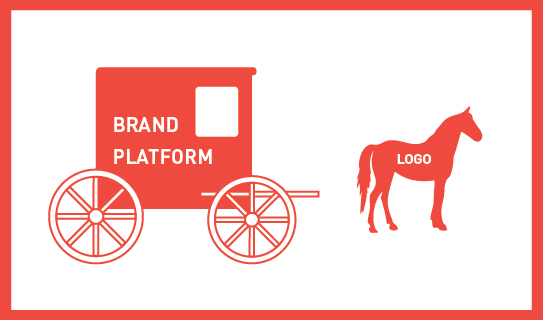
Below are 4 key elements you have to have in place prior to embarking on your logo design; they are the bare minimum requirements, the wheels of your cart so to speak:
1. You have a positioning statement in place that focuses on the ‘why’ and you stand tall behind it
2. You created 3 target audience personas that stand for who you are actually talking to/with
3. You know your brand personality and its associated keywords and are ready to act upon it
4. You have created a meaningful name that responds successfully to all of the above
If you don’t have these in place, creating a logo would be wasting your money, and (y)our time. It’s a lose-lose situation. How would any designer know what to design without these in place; how would the logo convey what it needed to convey; and finally, how could it connect with your audience? I don’t know, but I see it happen every day on the client’s expense.
Contact us if you need help getting there, as we love to assist and contribute, while speeding up that journey to your brand image.

